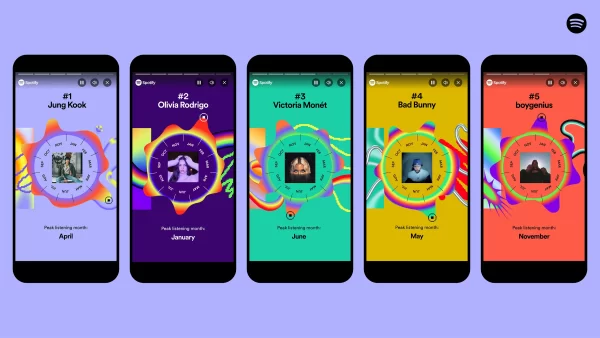Chess and Quarantine
January 7, 2021
The long-term success of chess is unrivaled in the world of at-home games. No other board game, card game, or video game could boast the same success level as chess throughout a period as long as chess has seen life. Since its creation in 6th century India, the game has been a way to have fun, burn time, compete, and for some people, make a living. Since then, it has been taken up worldwide, and in 2012, a survey found that around 605 million adults play chess regularly. The top chess professionals, called “grandmasters,” have high prestige and are well respected worldwide. Chess grandmasters have an average annual salary of about $40,000, but the most successful ones can make upwards of seven figures each year.
In recent times, chess has been considered an “old-man’s-game”, becoming less and less appealing to younger audiences. This is likely because of the increase in popularity of fun, addictive, and easy-to-consume activities, such as video games, T.V., and streaming services. These media are more fun and less challenging to most people than chess, which continually challenges its players to read, solve puzzles, and improve. Not to mention, the vast online world and immersive technology are way more impressive at first glance than a checkered wooden board. As a kid, I remember playing chess with my family and friends, and I genuinely had a good time. However, as I got older and had more access to phones, computers, and game consoles, I got less interested and gave it up entirely. It takes a different kind of dedication to stick with a game like chess.
During the COVID-19 quarantine, however, chess has seen an immense boost in popularity. While being forced to stay at home, many new players began to pick up the game online. This was boosted by Twitch.tv, a very-successful live-streaming website mainly used by talented or entertaining video-gamers. Some large “twitch-streamers”, with the most relevant going by the name of XQC, started to play chess for their viewers, and the site began to be filled with popular online-gamers playing chess for the following months. In June, Chess.com hosted the “Pog Champs” chess tournament on twitch starring many popular streamers and cast by chess grandmasters. The tournament amassed a peak of 87,000 concurrent viewers and millions more afterward. Through Twitch, chess reached a whole new teenage audience.
A few months after chess on Twitch peaked, Netflix released a new show called “Queen’s Gambit”. The show follows an orphan girl as she rises to competitive chess stardom, facing coming-of-age challenges as well as drug and alcohol addiction. Despite doubts being cast over a show’s success about something as dull as chess, “The Queen’s Gambit” was a hit. A month after its release, Netflix stated that it had been viewed by 62 million households, making it the service’s biggest scripted limited series to date. Since the show premiered, chess popularity and sales have boomed, as Chess.com reported several million new users since the release of the series and toy company Goliath Games reported an over 1000% increase in chess set sales. eBay recorded an over 200% increase in chess sets and accessories, and chess timers for competitive use were bought 45 times more than the month before.
You have nothing to lose by watching “The Queen’s Gambit” or sending your friend a chess.com challenge. Try it.










